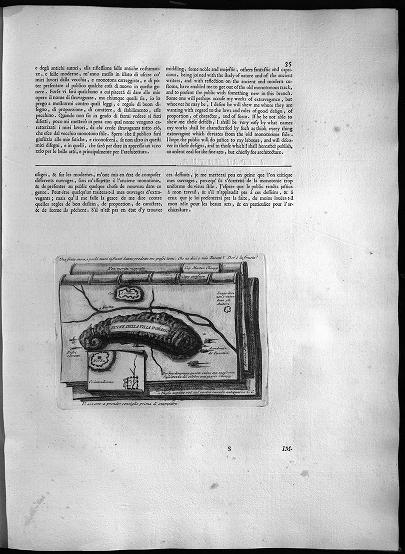I finally hold a copy of Lequeu : An Architectural Enigma (1986) in my hand, a book on the oeuvre of French visionary architect Jean-Jacques Lequeu.
It is a strange mix of obfuscation and elucidation by its author Philippe Duboÿ.
It drew — among many other things — my attention to the satirical vignette against Bertrand Chaupy (above), an engraving better known as the “turd engraving by Piranesi.”
Regarding the obfuscation in this book, Robert Harbison says in The Built, the Unbuilt, and the Unbuildable (1993):
“Recently the idea has infiltrated academic consciousness that the eighteenth-century crank Lequeu, one of the world’s fringiest paper architects, is really Marcel Duchamp inserting himself Trojan-horse-like into the musty tomes of the Bibliotheque Nationale, whiling away countless hours creating a large hollow space in which a few hundred pseudo-eighteenth-century beings can roost.”
See on elucidation and obfuscation the dictum by Cioran: between the demand to be clear, and the temptation to be obscure, impossible to decide which deserves more respect.

